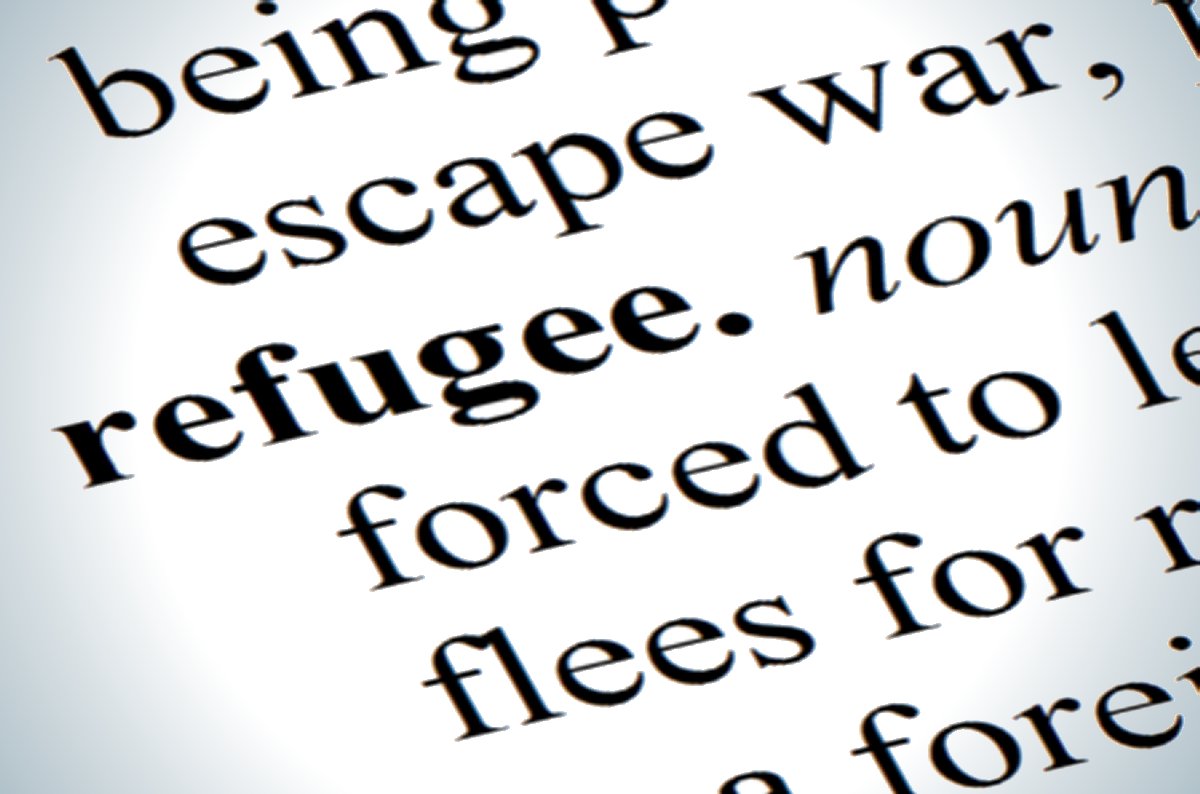that characterized both Israelis as well as Palestinians as well as define the current conflict.
In 1947 The UN voted to partition Palestine into Jewish and Arab states, which the Palestinians heavily opposed.
This led to riots, from the blockade of Jewish Jerusalem, to the ambush of buses and other public transports.
There are currently about 4.6 million displaced 4.6 million displaced persons, as well as about 3.7 million refugees
registered with the UNRWA, a drastic increase from the estimated 726,000 refugees directly following the war.
Since 1949 the Palestinian refugee crisis has been at the heart of peace negotiations in the middle east, though refugees
find camp conditions poverty stricken and overcrowded. The UN General Assembly Resolution 194 stated that the
refugees that wished to return to their homes and live peacefully amongst their neighbors would be permitted to do so.
However, this has not been informed, and though they have international legal claim to return home, many Palestinians
have not been allowed to return home as these are part of the General Assembly and no binding in the international law.
Many Arab states are unwilling to accept refugees. with the exception of Jordan, they are largely unwilling to give refugees
citizenship. There has been a proposition to allow for a Palestinian state, however many argue that the delegated land
would be too small to properly house the refugees. The other issue is that Palestinians have a claim to the land they have
been removed from, and they should be allowed to return to their homeland. The issue is vastly more complex and neither
side is right nor wrong, and therefore finding a happy equal for both sides to negotiate will be near impossible.
citizenship. There has been a proposition to allow for a Palestinian state, however many argue that the delegated land
would be too small to properly house the refugees. The other issue is that Palestinians have a claim to the land they have
been removed from, and they should be allowed to return to their homeland. The issue is vastly more complex and neither
side is right nor wrong, and therefore finding a happy equal for both sides to negotiate will be near impossible.
http://www.mideastweb.org/refugees1.htm
Refugee mother and Child (Palestinian)
https://www.thenational.ae/world/nakba-day-un-documents-palestinian-exodus-1.246294
Palestinian refugees http://www.thejournal.ie/palestinian-refugees-how-statehood-bid-at-un-affects-us-234647-Sep2011/






